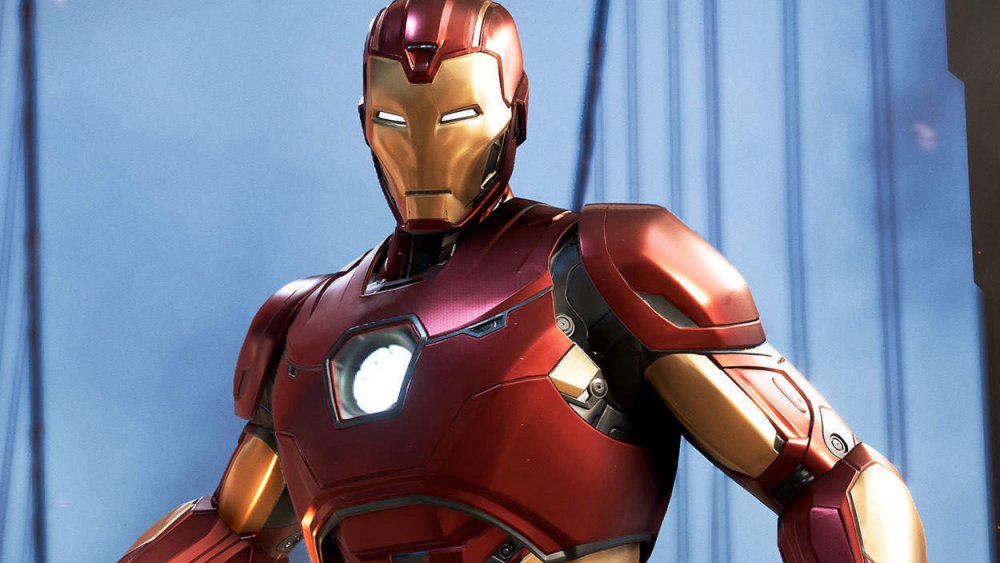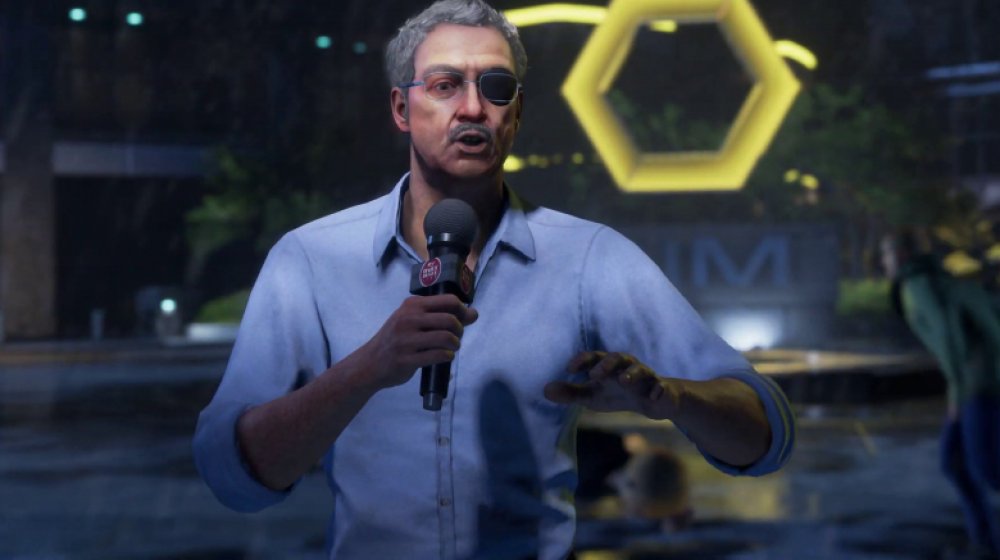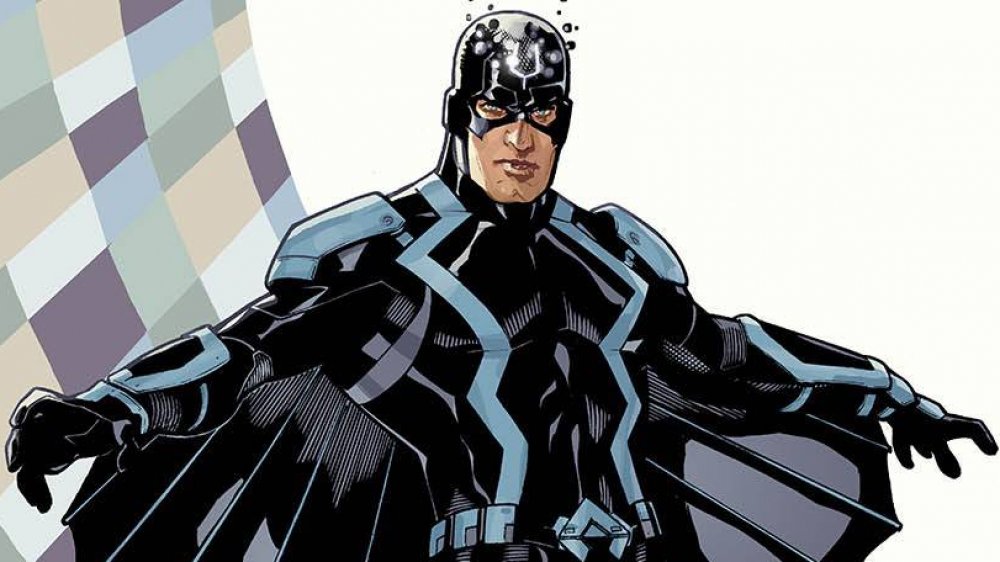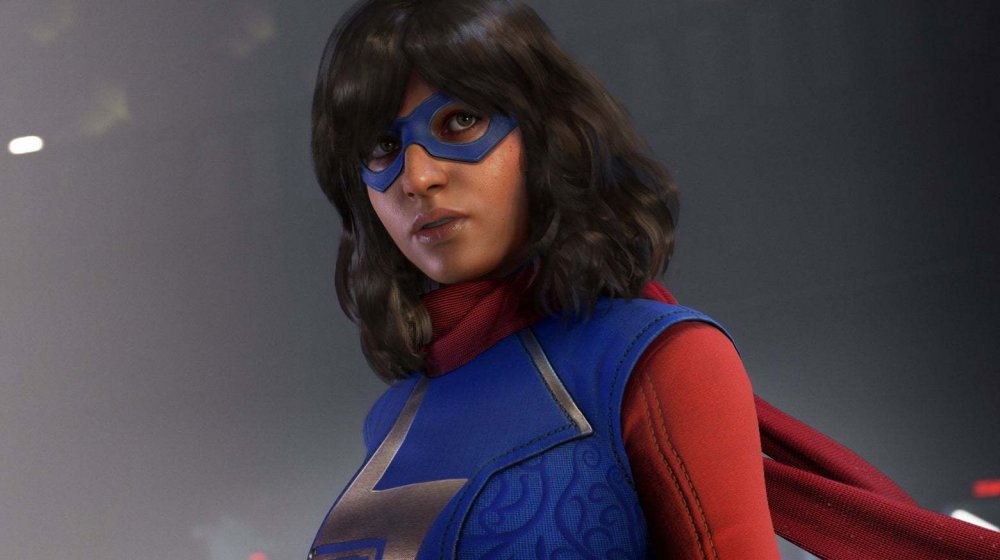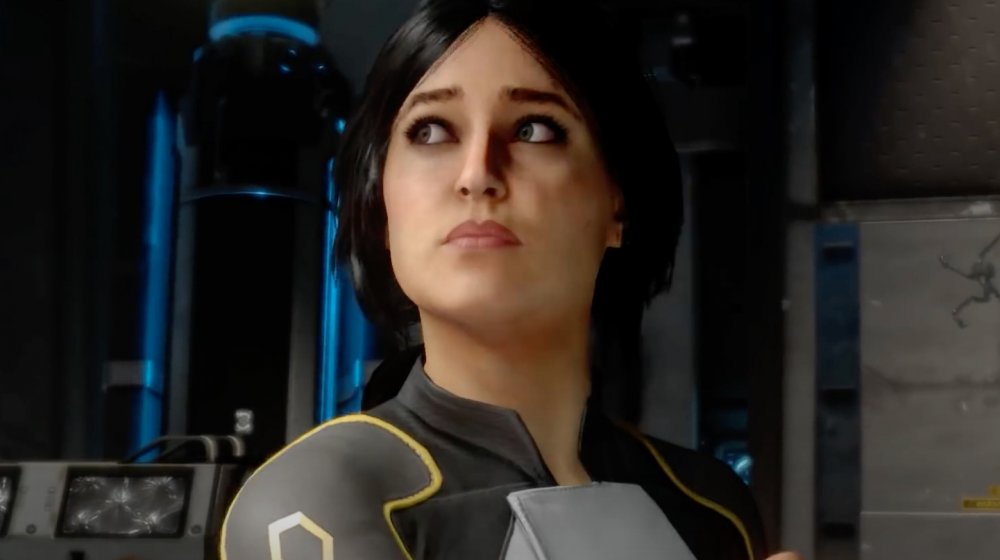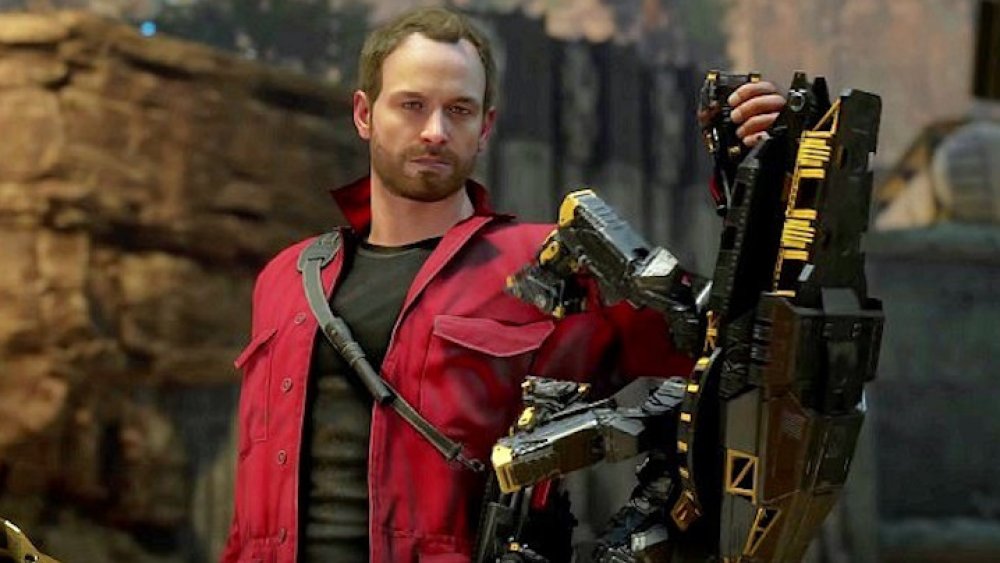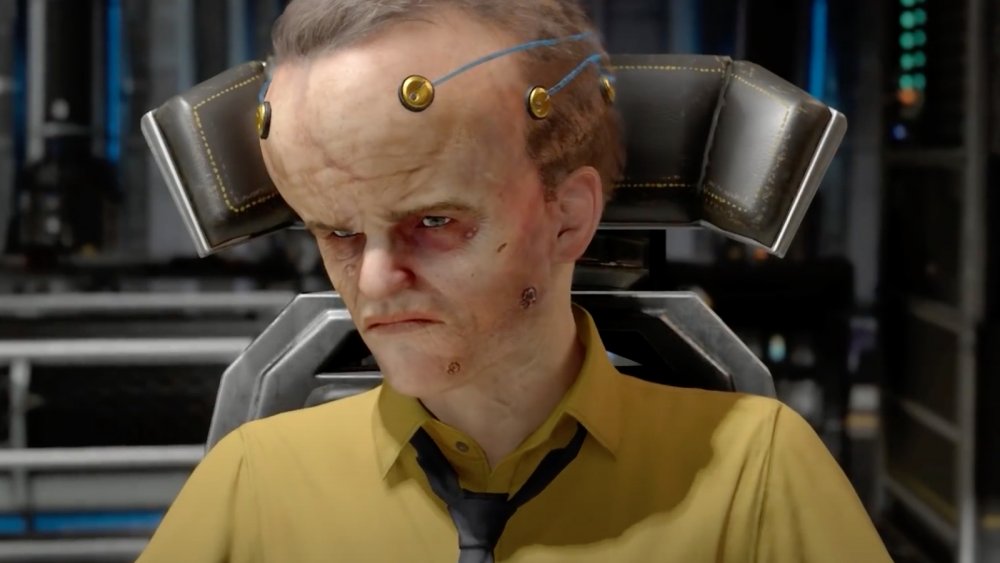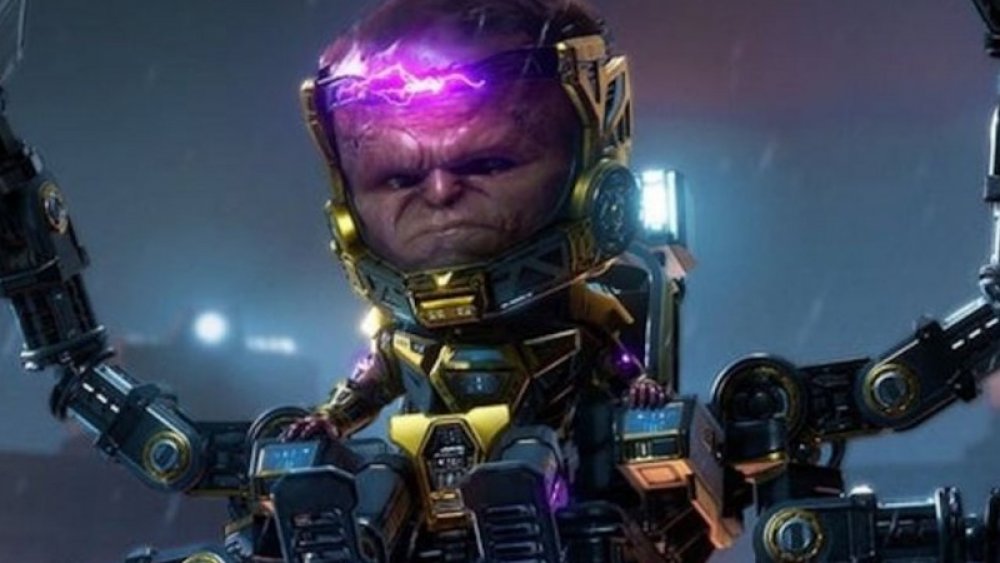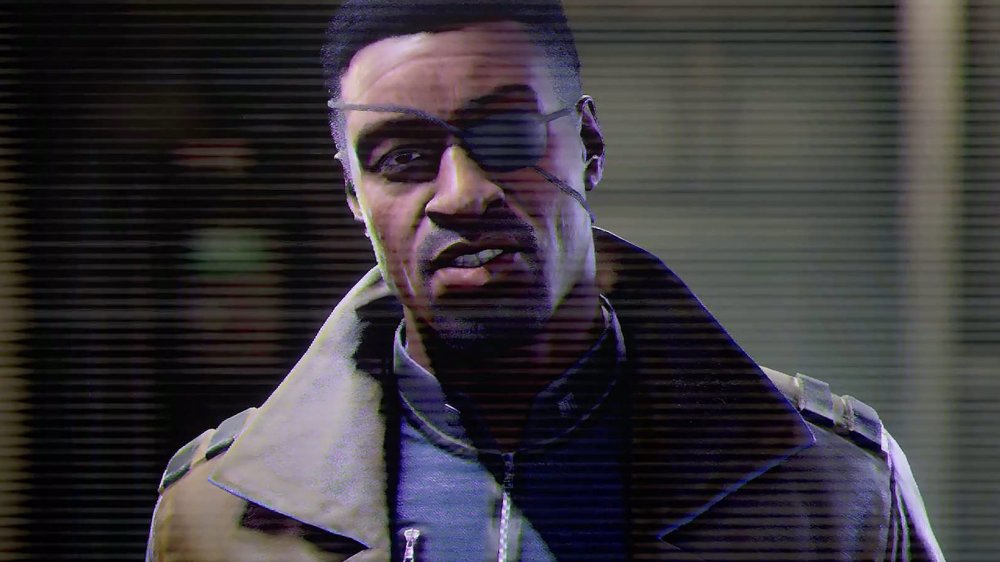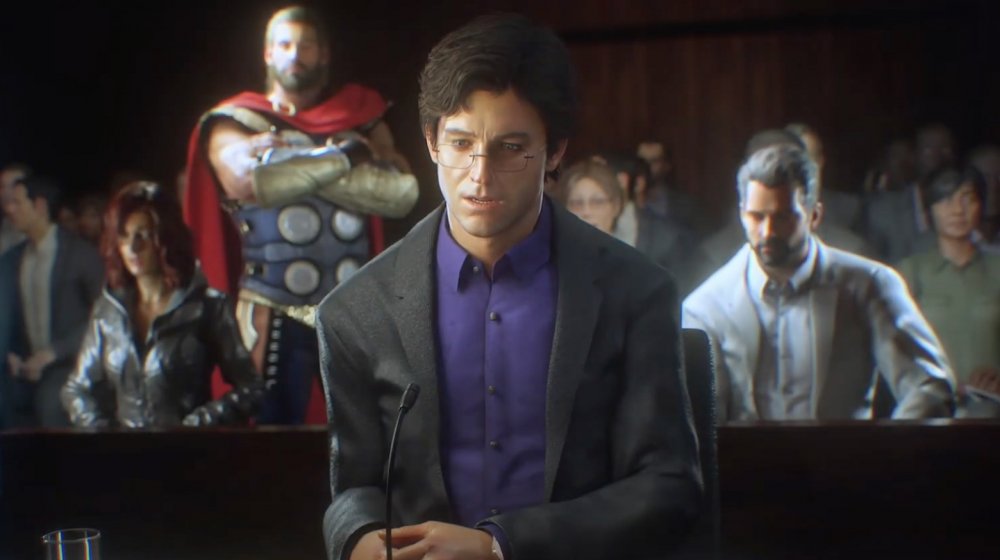How The Avengers Game Is Different From The Comics
Marvel's Avengers features an exciting storyline that reassembles Earth's Mightest Heroes for a battle against M.O.D.O.K. and the forces of A.I.M. The story campaign is full of small details that should delight fans of Marvel Comics and the Marvel Cinematic Universe. It also manages to tell a complete tale that sets up some interesting possibilities with its ending. However, there are many ways in which the events of the video game differ from how things played out in the original source material.
Some of these changes are rather small, but a few of them drastically alter the backstories and motivations of key characters. Since comic book fans generally love deep dives into continuity (just ask Ms. Marvel, the biggest Avengers fan ever), this seems like a great time to take a look at some of the biggest differences between Marvel's Avengers and the original comics that inspired it.
Beware of spoilers ahead for Marvel's Avengers.
Phil Sheldon's Marvels
In between all of the major events of the game, Daily Bugle reporter Phil Sheldon can be seen filling the public in on the latest developments. On more than one occasion, Sheldon is seen to have a severe distrust of the Avengers. Even when Thor saves him, Sheldon still seems unsure of the Avengers' motives.
Phil Sheldon was first introduced to comic book readers in the miniseries Marvels, which showed the rise of superheroes through the point of view of the common man. The story of the original miniseries began in the 1940s and followed Sheldon, who was portrayed as a photojournalist in this continuity, as its main character. In a story spanning decades, Phil Sheldon photographed the first appearances of the Fantastic Four, the Avengers, and the X-Men. He eventually published a book about his experiences, which became a bestseller. Sheldon also notably went to bat for Spider-Man when public opinion began to turn on him.
While the video game's version of Sheldon works well in a story set in the modern day, his Marvel's Avengers character stands in stark contrast to the awestruck photographer of the comics.
The history of the Inhumans
Though George Tarleton pretends to care about curing the people that were mutated by the A-Day disaster, his distaste for them is obvious from the beginning in Marvel's Avengers. One of the main indicators of this hatred is the fact that he has taken to calling them "Inhumans," seemingly coining the term himself.
It appears that Inhumans are a rather recent development in the video game's version of the Marvel Universe. However, Inhumans have been around in the Marvel Comics Universe for untold centuries. The first Inhumans were created as part of an experiment carried out by the alien race known as the Kree. The Inhumans of Marvel Comics eventually discovered how to use the Terrigen Mists, granting many of them extraordinary abilities. Despite their discoveries, the Inhumans kept to themselves. They existed in secret for a long time, living in the technologically advanced city of Attilan.
Eventually, the Inhuman king, Black Bolt, decided to explore the outside world. This led to him befriending many of the world's heroes, including the Avengers. It also led to Black Bolt joining a secret cabal of heroes known as the Illuminati, subtly influencing the course of Marvel history.
Inhumanity vs. A-Day
The inciting incident of Marvel's Avengers is the detonation of a Terrigen Reactor created by George Tarleton, Tony Stark, and Bruce Banner. The ensuing blast spread Terrigen Mists across San Francisco, awakening dormant and powerful genes within many of the citizens and giving them special abilities. This is how Kamala Khan becomes a polymorph and eventually takes on the mantle of Ms. Marvel. This event becomes known as "A-Day."
An event similar to A-Day occurred in the comics, but under very different circumstances. During a confrontation with the Mad Titan Thanos, Black Bolt detonated a Terrigen Bomb that released the Terrigen Mists all over Earth. This led to the "Inhumanity" event, during which millions of latent Inhumans (including, yes, Kamala Khan) gained new powers. It also had the unfortunate side effect of creating a disease known as M-Pox, which killed mutants who suffered prolonged exposure to the Mists.
Although the Terrigen Bomb created plenty of new heroes, it also killed several of the X-Men and their allies. This led to the team retreating to another dimension for an extended period of time. It also eventually forced the X-Men and the Inhumans into a deadly conflict.
Monica Rappaccini's D.A.R.K. Terrigen
In her apparent quest to cure the Inhumans, Monica Rappaccini creates a gas called D.A.R.K. Terrigen. Along with proving that people in the Marvel Universe love acronyms, this gas is meant to act as the opposite of the Terrigen Mists that gave the Inhumans their powers on A-Day. Instead of mutating people further, it is designed to remove an Inhuman's abilities and physical changes. Monica is initially thrilled to discover that the D.A.R.K. Terrigen succeeds in taking away superpowers from Inhumans. Unfortunately, the effect is only temporary. Not only do the Inhumans revert back to their mutated state, but the gas also kills them shortly afterwards.
In the comics, there's no such thing as D.A.R.K. Terrigen. Instead, the closest approximation in the source material is the Xerogen Mist. This gas comes from a similar crystal, but its unique properties can cause people to devolve into more animalistic and primal forms. The Inhumans call these devolved creatures "Alpha Primitives." The Xerogen Crystals have proven to be so dangerous that the Inhuman Royal Family hid them away and claimed that they no longer existed.
Hank Pym's powers
In Marvel's Avengers, Hank Pym was driven into retirement by the forces of A.I.M. However, the former Ant-Man still found a way to help those affected by A-Day. When Bruce and Kamala find him, Hank is in charge of the Ant Hill, a base for the Inhuman resistance. His superhero days seem to be long over, but Hank is at peace with his new mission.
In the comics, Hank Pym wasn't quite so lucky. He never lost his size-changing abilities, but he lost so much more. Over the years, Hank went by many different aliases, including Ant-Man, Giant-Man, and Yellowjacket. Though he spent many years as a superhero, Hank was also responsible for the creation of Ultron, one of the Avengers' greatest enemies.
During the events of Rage of Ultron, a horrific accident left Hank forcibly merged with the cybernetic supervillain. The ensuing transformation ultimately killed Pym, leaving Ultron to carry on its mission in a body that partially resembled the fallen Avenger. Luckily, this wasn't the end of the Ant-Man legacy, as Scott Lang had already stepped into the role.
M.O.D.O.K.'s origins
Marvel's Avengers presents an interesting new take on M.O.D.O.K.'s origin story: George Tarleton is experimented on by Monica Rappaccini without his knowledge. After the events of A-Day, she begins injecting him with a serum reverse-engineered from Captain America's blood. While Tarleton thinks that Monica is trying to cure him, he comes to find out that she's actually been using him as a human lab rat. The resulting mutation increases Tarleton's intellect and drives him insane, ultimately transforming him into M.O.D.O.K.
In the comics, Tarleton was transformed by his superiors at A.I.M. so that they could have a lackey capable of interfacing with the Cosmic Cube. It's worth mentioning that this Cube was an alien artifact that MCU fans will recognize as the Tesseract. In other words, A.I.M. has never had a great track record when it comes to messing with power it doesn't understand.
Unfortunately for A.I.M., M.O.D.O.K. grew far too powerful for them to control. Without even realizing it, M.O.D.O.K.'s superiors had engineered their own defeat. Before too long, M.O.D.O.K. had either overthrown or killed them all, taking over as the leader of A.I.M.
M.O.D.O.K. was always an enemy
One of the things that makes M.O.D.O.K. such a tragic figure in the game is that he once worked side by side with the Avengers. After the A-Day disaster, however, George Tarleton mostly retreated from the public eye, running A.I.M. and attempting to hunt down the rest of the Avengers. Although Bruce Banner and Tony Stark had helped Tarleton in the creation of the Terrigen Reactor, he now considered them a symbol of everything he hated.
The comic book version of M.O.D.O.K., on the other hand, didn't encounter the Avengers until well after his transformation. In fact, when Captain America first met M.O.D.O.K., he had already taken over A.I.M. and established himself as a supervillain worth fearing. M.O.D.O.K. wouldn't even encounter another Avenger until many years later, when he finally faced off against the Incredible Hulk. Over the years, M.O.D.O.K. has managed to cross just about every major Marvel Comics hero, but his first encounters with them played out very differently from the battle seen in the game.
Nick Fury's fate
It's strongly implied that Nick Fury — head of S.H.I.E.L.D. and one of the Avengers' fiercest allies — was killed during A.I.M.'s rise to power. When Kamala Khan and the Hulk raid an old S.H.I.E.L.D. base, they find a video message from Fury that is meant to be played in the event of his defeat. The Avengers are also able to connect with Agent Maria Hill, who seems to have taken over Fury's job following his untimely end.
While that's definitely a bummer, it's nowhere near as bizarre as the original Nick Fury's fate in the comics. It was revealed during the "Original Sin" event that Nick Fury killed the nearly omnipotent being known as the Watcher in order to gain access to his secrets. In retaliation, the Watcher's people made Fury immortal and chained him to a base on the moon, forcing him to watch and chronicle the rest of human history.
While the rest of the Avengers believed Fury to have been killed in a climactic battle on the moon, he lived on as the mysterious being called "The Unseen." Fury's legacy was continued on Earth by his decidedly more heroic son, Nicholas Fury, Jr.
The Avengers break up
In Marvel's Avengers, the heroes are blamed for the destruction on A-Day, and Senate hearings ultimately lead to the disbanding of the group. Although the Avengers have indeed broken up multiple times in the comic books, the circumstances were markedly different from those seen in the video game.
The events of Civil War saw the United States government attempting to regulate the activities of superheroes after a battle gone wrong. This led to the Avengers splintering into two separate groups: one commanded by Iron Man and the other led by Captain America. Eventually, the apparent death of Captain America brought the heroes back together. Elements of this crossover were later adapted in the film Captain America: Civil War. A comic book crossover, Civil War 2, also had members of the team choosing sides in a conflict involving the Inhumans.
It seems the story of Marvel's Avengers combines certain elements of these major crossover events. However, many of the details — such as the involvement of A.I.M. and Kamala Khan — help this particular take on the Avengers' break-up stand own its own.

